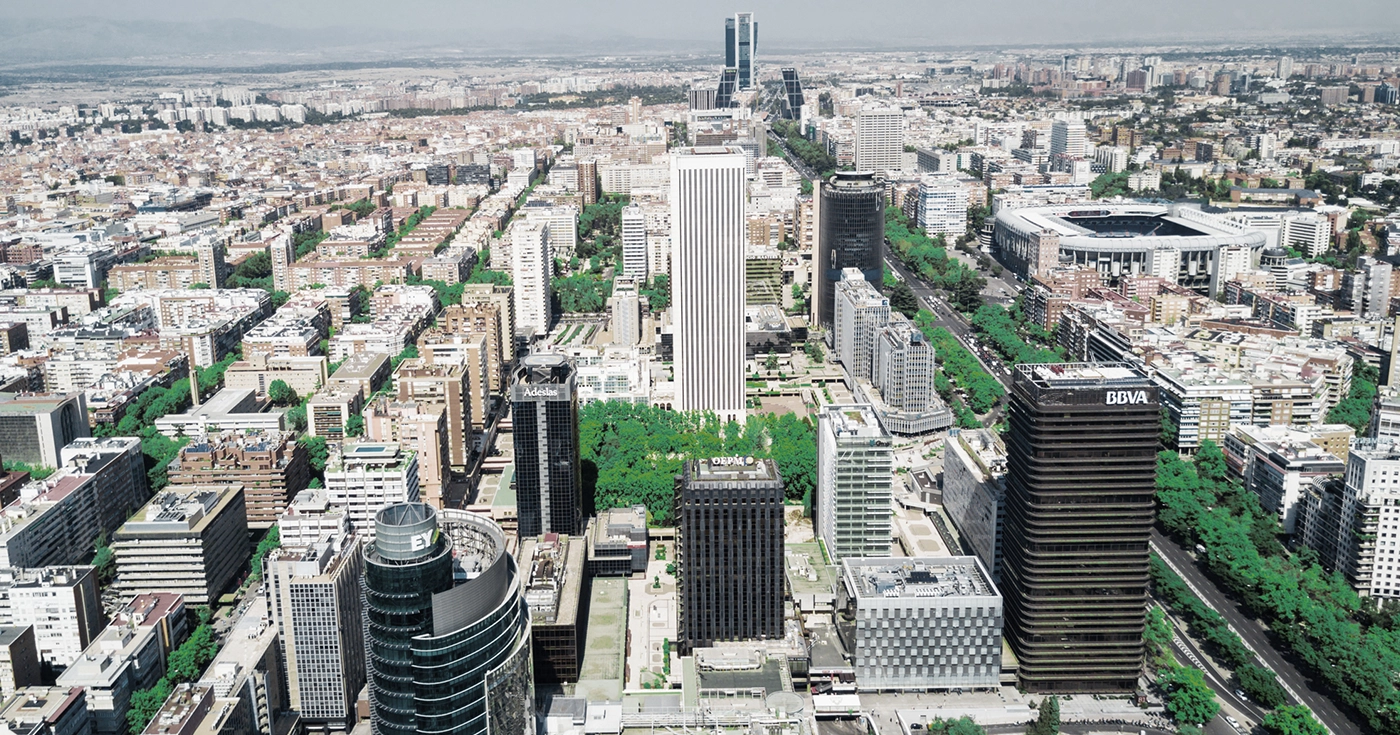
What are the real estate trends for 2024?
Last Updated on 21 December 2023 by Urbanitae
2023 is about to end, with a reasonably positive balance for the real estate sector. Despite some forecasts, real estate, particularly housing, will close the year with a good level of transactions, necessarily lower than the historically high records of the last two years. But what will happen in 2024? In this article, we examine the main real estate trends for 2024 based on a recent report from PwC.
Factors such as interest rates and their effects on debt costs continue to loom over real estate, reducing investment in brick and mortar. However, overall, various industry stakeholders – real estate company executives, funds, financial institutions, and institutional investors – are more optimistic about the profitability of their businesses in 2024.
Madrid, a rising city
Uncertainty will make investors more demanding when placing their money. Therefore, many developers and investors have focused on cities that offer more liquidity and stability. Cities such as Milan, Lisbon, or Madrid stand out, with Madrid climbing to the third position in the ranking this year. The Spanish capital stands out as one of the most attractive places to invest, thanks to its stable population growth and the attraction of students, tourists, and immigrants.
ESG criteria gain weight
Sustainability will be another key factor in 2024. ESG criteria are expected to be the most impactful factor in the real estate sector by 2050. Additionally, new energy infrastructures emerge as the sector with the best potential for investment, followed by data centers, senior living, and student residences. This includes renewable energy, battery storage, and electric vehicle parking.
The rise of mixed-use assets
Mixed-use assets, those combining different uses in the same property, are a growing trend, according to eight out of ten of the over 1,000 professionals surveyed by PwC and the Urban Land Institute (ULI) in the report. The most demanded assets will be those attracting different generations and user types, and their development will be mostly limited to major players in the industry.
Offices return to the scene
After the pandemic, the offices of the future are still to be defined, especially as each country – and almost every company – has followed different paths in returning to in-person work. The report, however, points out that the demand for flexible and sustainable offices will increase, and the supply of these spaces is almost nonexistent today. The explanation is that offices must change to attract and retain talent. The key will not be the space but the quality.
The living sector continues to bring joy
Over the last 15 years, investment in the living sector has grown by 317%, almost closing the gap with the office sector. The PwC and ULI report explains that the combination of resilient income and robust demand is behind the good performance of the living sector in recent years. Today, residential real estate is still considered a safe bet in difficult times.
The impact of interest rates is evident in the rising cost of mortgages. At the same time, housing prices in European cities have increased by 45% in 10 years, while salaries have risen by 17%. This circumstance paints a favorable scenario for rental housing, according to a developer-investor interviewed for the report.
The potential of student accommodation is also highlighted, rising from 12th to fourth place in terms of investor attractiveness. The reason is the mismatch between supply and the “vigorous” demand for this type of residential in countries such as Belgium, the Netherlands, Luxembourg, Germany, Italy, and the United Kingdom.
Logistics, commercial, and emerging sectors
Industrial-logistics remains a sought-after segment for investors, although to a lesser extent than during the 2018-2022 period. Demand remains high, although e-commerce is no longer the growth engine it was during the worst of the pandemic. On the other hand, retail faces worse prospects due to inflation and interest rates reducing household consumption.
In any case, the real estate trends for 2024 depict a landscape where good opportunities abound, especially in clean energy and health. At Urbanitae, we approach the new year with confidence.

